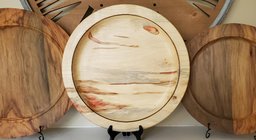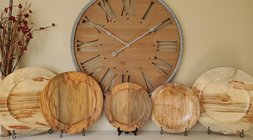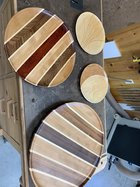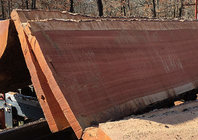I really enjoy maxing out the 22" swing on my G0766 and making big platters. But is it generally a bad idea to use a single piece of non-quartersawn Slabs as the material?
I typically ensure the wood is dry-dry; however, I still get the occasional slight cupping which I really want to avoid.
Got any tips on things to consider when buying slabs for this purpose? Such as should I only pick the slabs that were cut the closet to the center of the log? How about a cut that includes the pitch? Things to avoid perhaps??

I typically ensure the wood is dry-dry; however, I still get the occasional slight cupping which I really want to avoid.
Got any tips on things to consider when buying slabs for this purpose? Such as should I only pick the slabs that were cut the closet to the center of the log? How about a cut that includes the pitch? Things to avoid perhaps??




